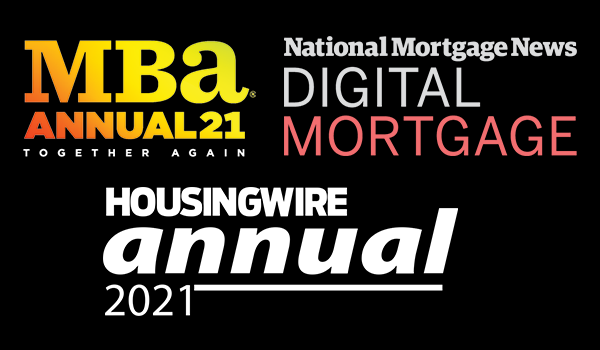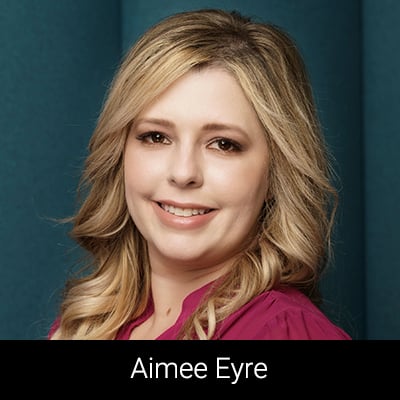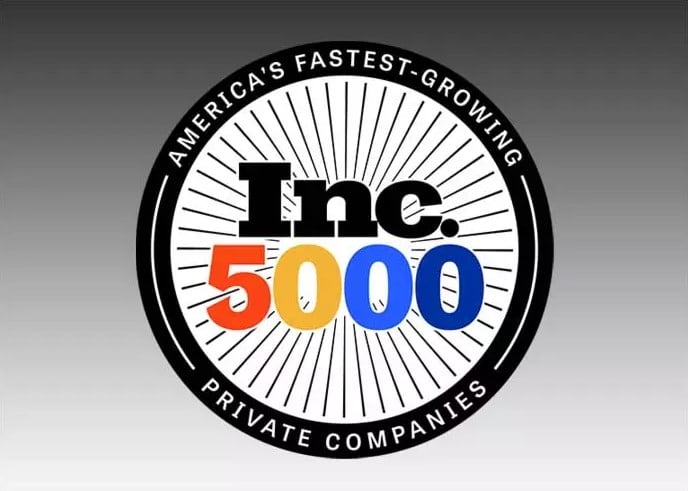SimpleNexus enables fully digital loan closings with DocMagic’s eVault, eNote tech
SimpleNexus is integrating DocMagic’s eVault and eNote technologies with its Nexus Closing eMortgage solution, a move that will allow the company — which offers a homeownership platform that connects loan officers, borrowers, real estate agents and settlement agents — to generate eNotes, deliver them to a secure eVault, and register the eNotes with the MERS eRegistry.
“A fully digital closing, complete with eNote and eVault, is the last hurdle lenders must clear before offering borrowers and investors the myriad benefits of an eMortgage. We’re pleased to now offer these capabilities via our integration with DocMagic,” said SimpleNexus Chief Product Officer Shane Westra. “In a market cluttered with half-baked solutions, we’ve made it our mission to assemble the most comprehensive and singularly exceptional homebuying experience in the business.”
Case Study: Why one lender skipped eSign hybrids and went straight to eNotes
In addition to DocMagic’s eVault technology, Nexus Closing comes with integrated remote online notarization (RON) and eSigning. It is certified to meet both Fannie Mae and Freddie Mac’s technical requirements for eClosing, eNote and eVault functionality and is compatible with their eNote delivery systems.
eNote registrations have grown dramatically over the past few years, rising from 17,000 in 2018 to more than 460,000 in 2020. eNotes are more secure and accurate than their paper counterparts and can be delivered instantaneously to the secondary market.
DocMagic’s certified eVault gives lenders the ability to access, manage and store eNotes and other electronic mortgage records on a short- or long-term basis. By offering proactive, real-time control of electronic loan files, eVault technology reduces cycle times and improves process efficiencies throughout the mortgage life cycle.
“To stay competitive in this market and future markets, lenders need to adopt eClosing solutions that allow them to generate, sign, store and deliver eNotes as part of a complete eMortgage transaction,” said Dominic Iannitti, DocMagic’s president and CEO. “We’re pleased to offer these capabilities to more lenders through our integration with SimpleNexus.”
Related Content:

 Sept. 27-28:
Sept. 27-28:  While eNotes and eNotarization do require more time and effort, a basic eSign hybrid — in which borrowers can electronically sign all of the closing documents, with the exception of the note and recordable documents — is very simple to set up. Lenders who are already using DocMagic’s doc gen solution, in fact, can be enabled for eSign hybrids (also known as Hybrid #1) in as little as 24 hours.
While eNotes and eNotarization do require more time and effort, a basic eSign hybrid — in which borrowers can electronically sign all of the closing documents, with the exception of the note and recordable documents — is very simple to set up. Lenders who are already using DocMagic’s doc gen solution, in fact, can be enabled for eSign hybrids (also known as Hybrid #1) in as little as 24 hours.  This type of hybrid closing allows borrowers to preview all of their documents ahead of the closing; switches the majority of documents from paper to digital; and reduces a prolonged, drawn-out ceremony to a matter of minutes. Crucially, it’s also accepted by every investor and county recorder in the country. The more complicated pieces of the closing, the note and deed, are still wet-ink signed and can undergo traditional in-person notarization.
This type of hybrid closing allows borrowers to preview all of their documents ahead of the closing; switches the majority of documents from paper to digital; and reduces a prolonged, drawn-out ceremony to a matter of minutes. Crucially, it’s also accepted by every investor and county recorder in the country. The more complicated pieces of the closing, the note and deed, are still wet-ink signed and can undergo traditional in-person notarization. For DocMagic’s doc gen customers, adding on eSign hybrid capability is easy; it can be set up within 24 hours and clients can begin testing it out with their teams and settlement agents. “It’s just a matter of a couple of clicks,” said Darlyn Buthsombat, a DocMagic account executive. “We’ve already done the work on the backend; we already know which forms are e-enabled and what type of eClosing it is.”
For DocMagic’s doc gen customers, adding on eSign hybrid capability is easy; it can be set up within 24 hours and clients can begin testing it out with their teams and settlement agents. “It’s just a matter of a couple of clicks,” said Darlyn Buthsombat, a DocMagic account executive. “We’ve already done the work on the backend; we already know which forms are e-enabled and what type of eClosing it is.” “DocMagic has been a market leader for years, so lenders naturally turn to us first when they want to elevate their processes or need to adapt to new circumstances, and that’s exactly what’s happened since the start of the pandemic,” said Dominic Iannitti, president and CEO of DocMagic. “We’re proud of our market strength, which is demonstrated in our three-year growth rate.”
“DocMagic has been a market leader for years, so lenders naturally turn to us first when they want to elevate their processes or need to adapt to new circumstances, and that’s exactly what’s happened since the start of the pandemic,” said Dominic Iannitti, president and CEO of DocMagic. “We’re proud of our market strength, which is demonstrated in our three-year growth rate.”